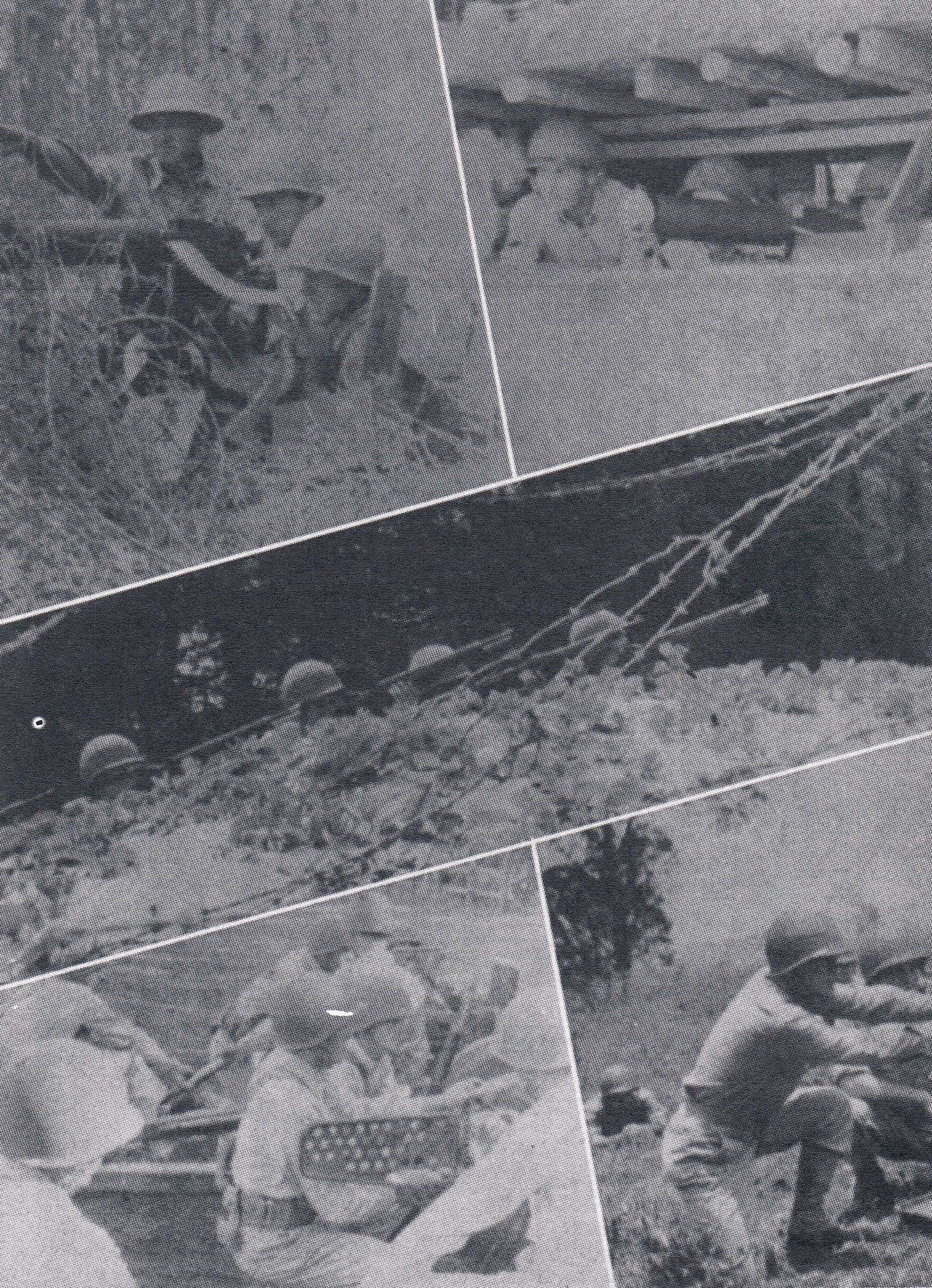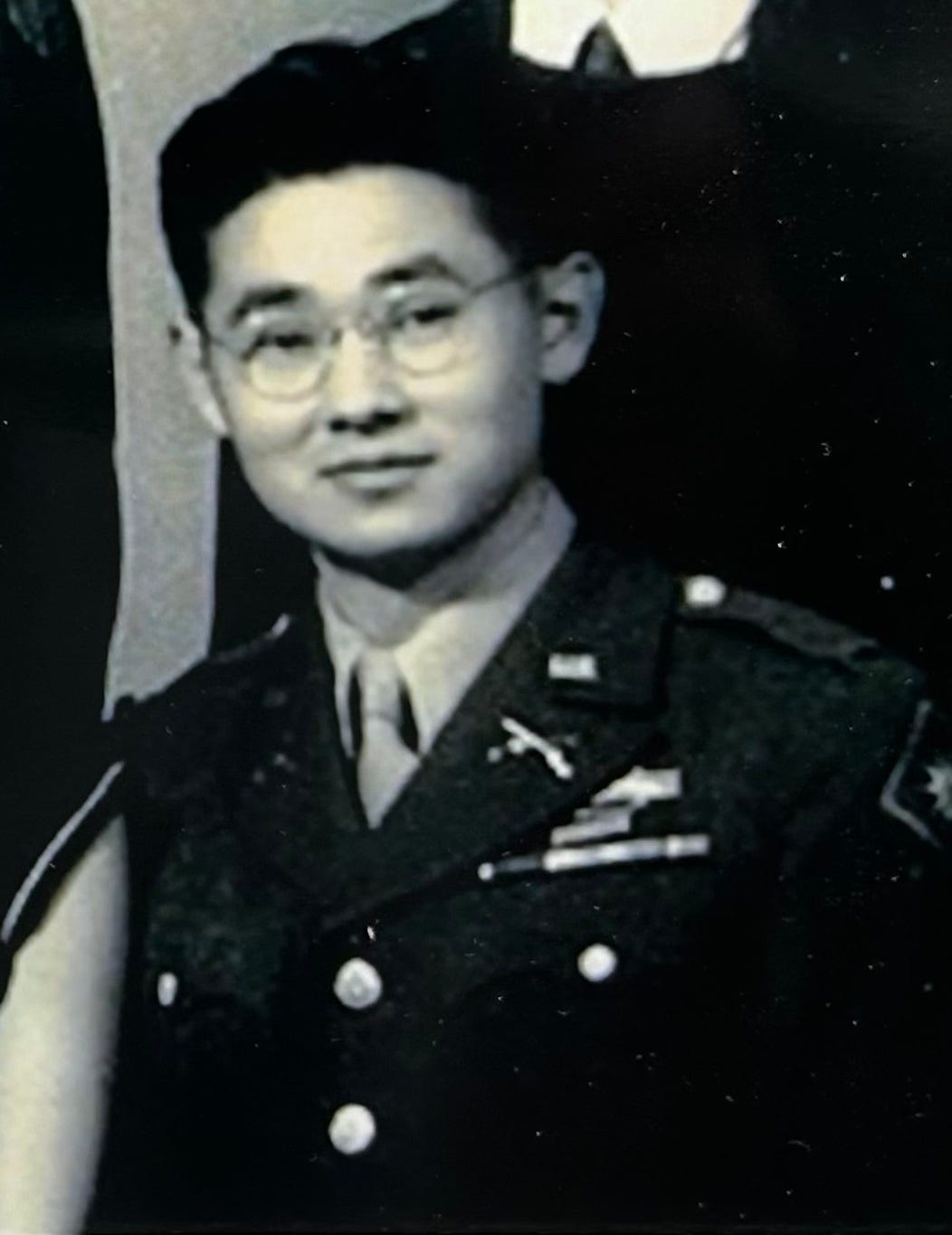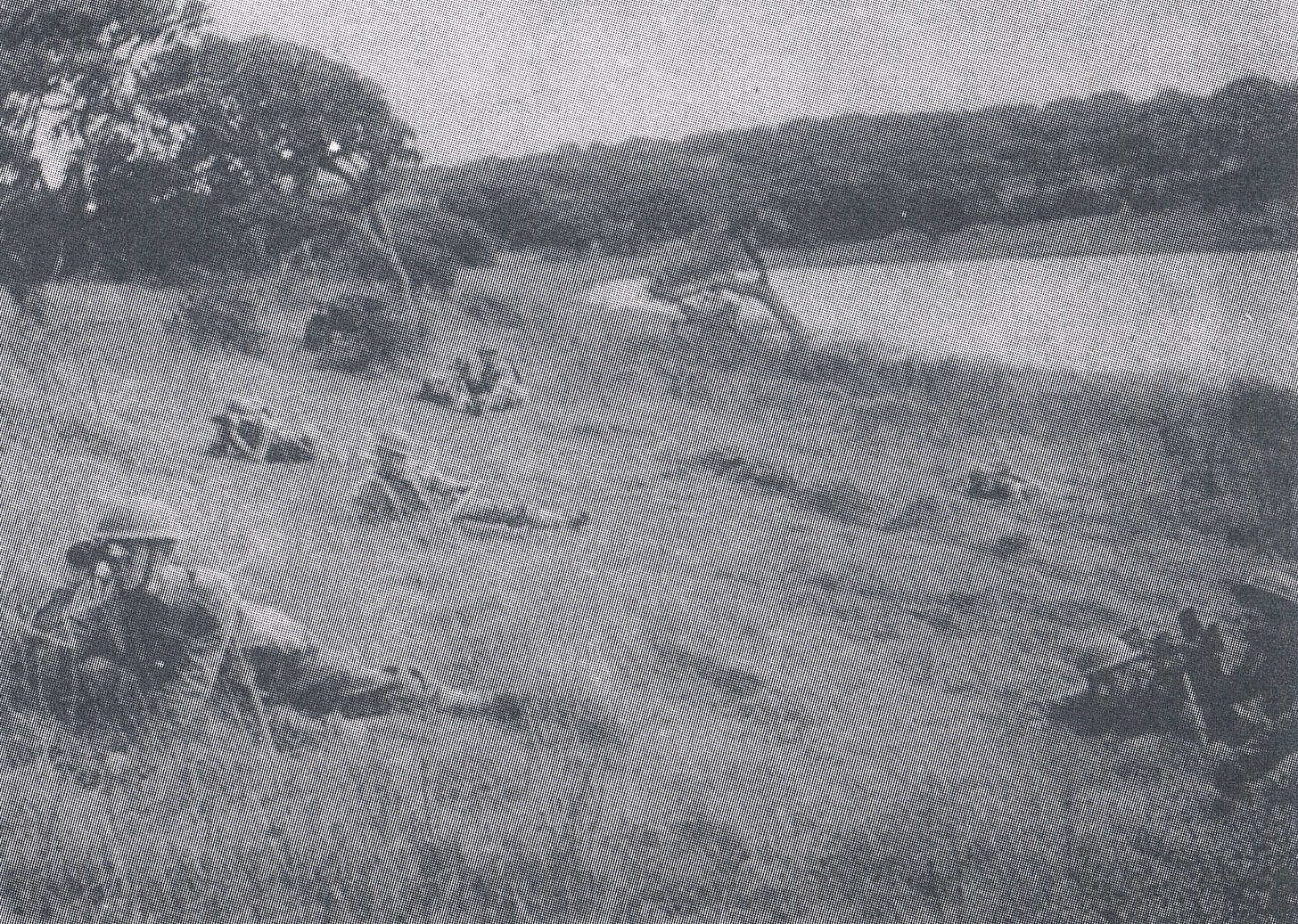War between the United States and Japan seemed set to derail the American journey of James Kim. Arbitrarily classified as Japanese by the policies of bureaucrats in Washington, he found himself confined and designated for discharge with Japanese-American soldiers considered to be potentially disloyal. The entire chain of command of his Army base told him that there was nothing that they could do to help him.
The faith of his mother and father saved him in this dark hour. As a last resort he took his case to his training unit’s chaplain, who brought it to the attention of the head chaplain of Camp Roberts. The post chaplain turned out to be a former missionary in China who was well aware of the differences between Korea and Japan and understood the Kim family’s Christian heritage and struggle to come to America. The chaplain went all the way to the top of the chain of command at Camp Roberts and convinced the commander to intervene in the matter. The commander ordered that James Kim should be no longer categorized as Japanese and returned to his training unit, to be treated the same as any other soldier in the Army.

Trained as a radioman in the field artillery, Private James Kim was assigned to the 222nd Field Artillery Battalion, a unit of the Utah National Guard that was guarding the California coast around San Diego. He soon stood out in more ways than one in the 222nd Field Artillery, which was manned almost entirely by Mormons from Utah. The 222nd’s officers recognized Private Kim as an outstanding soldier and selected him to send to Officer Candidate School (OCS) to become an infantry officer.
After infantry officer OCS at Fort Benning, Georgia, now-Second Lieutenant James Kim joined the 160th Infantry Regiment, a California National Guard unit based in Los Angeles. The 160th Infantry, like the 222nd Field Artillery, was part of the 40th Infantry Division, a National Guard division whose infantry regiments were from California and artillery and service units were from Utah and Nevada. While the division trained and re-equipped for overseas deployment at Fort Lewis, Washington, Lieutenant Kim—the only Asian-American officer in the entire division—took command of an infantry platoon in the 160th Infantry.

In August 1942, the 40th Infantry Division shipped out to Hawaii to take over coast defenses from regular Army units that were deploying overseas to join the Battle of Guadalcanal. The division began training for amphibious operations and jungle warfare a year later, in preparation for joining the island hopping campaign in the South Pacific. In December 1943, the 40th Infantry Division boarded ships that transported its men and equipment to the U.S. base at Guadalcanal, won at great cost the year before. There they lived with torrential rains, oceans of mud, and swarms of mosquitoes while continuing to train for their first combat.

An amphibious landing on the contested island of New Britain in April 1944 was followed by months of monotony, manning outposts and patrolling the jungle to contain the garrison of the Japanese naval base at Rabaul. In October 1944, Australian troops landed on New Britain to relieve the 40th Infantry Division, which began to prepare for its next campaign: the return of U.S. forces to the Philippines, which would begin with the largest amphibious assault of the entire war in the Pacific.
Three years after the war began for them, Lieutenant James Kim, his fellow soldiers of the 160th Infantry Regiment, and the entire 40th Infantry Division were finally about to face their baptism of fire.
All images except for the photo of Lieutenant James Kim are from 40th Infantry Division: The Years of World War II, 7 December 1941-7 April 1946, Baton Rouge: Army & Navy Publishing Co., 1946, Nashville: The Battery Press, Inc., 1995.
This series previews my upcoming book Victory in Shanghai: A Korean American Family’s Journey to the CIA and the Army Special Forces, whose publication is expected by June 1, 2025. You can pre-order it now through Potomac Books, an imprint of the University of Nebraska Press, at this link, or through your favorite local independent bookseller.
Subscription to this series is free.
If you know anyone who may be interested in this series, please share it with them.





